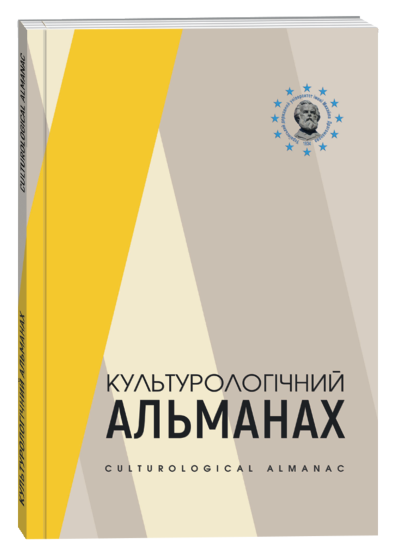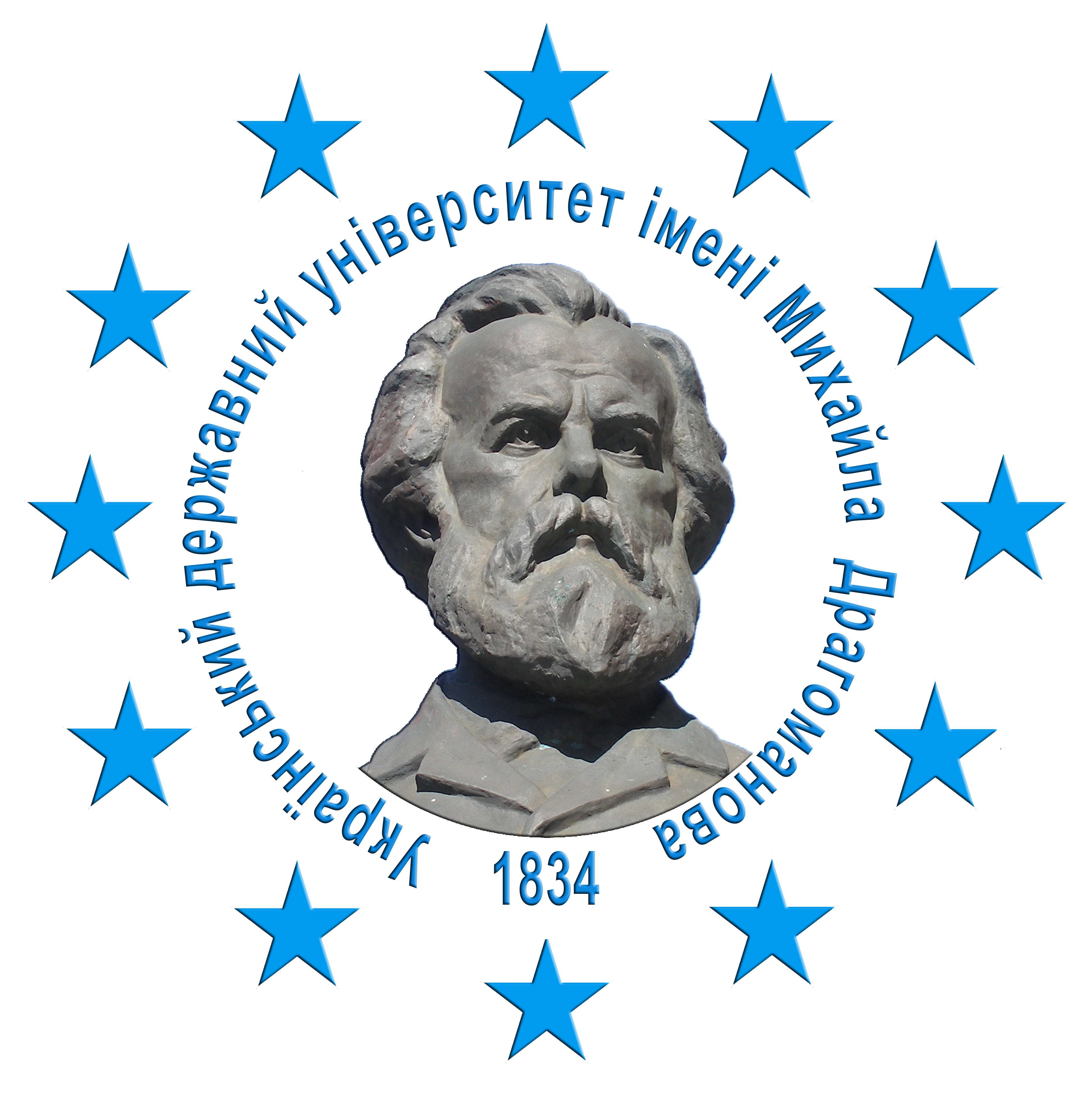THE PHILOSOPHICAL HERMENEUTICS OF HURUFISM: ON MYSTICAL LETTERISM IN ISLAMIC THOUGHT
DOI:
https://doi.org/10.31392/cult.alm.2025.3.13Keywords:
Islamic mysticism, philosophical hermeneutics, mystical letterism, heterodox communities, abjad systemAbstract
This paper examines the philosophical hermeneutics of Hurufism, a mystical and esoteric movement within Islamic intellectual history that originated in the 14th century through the teachings of Fazlallah Astarabadi. Rooted in a metaphysical understanding of language, Hurufism asserts that letters, particularly those of the Arabic and Persian alphabets, possess ontological significance and are imbued with divine meaning. Hurufi doctrine regards the human face, body, and scripture as mirrors of a hidden alphabetic order that reflects the structure of the universe. Through a sophisticated synthesis of numerology (abjad), phonetic analysis, and symbolic correlation, Hurufism develops an interpretive system that transcends conventional exegesis. The movement treats the Qur’an not only as a textual revelation but also as a linguistic cosmos, wherein every letter contains infinite layers of esoteric meaning. The article explores how Hurufism constructs a form of symbolic anthropology, mapping the letters onto the parts of the human body, especially the face, thus turning the human being into a microcosmic text. This embodied hermeneutics reconfigures the relationship between sign and referent, offering a radical alternative to both rationalist theology and legalistic scripturalism. By challenging the binary between the seen (ẓāhir) and the unseen (bāṭin), Hurufi thought contributes a unique and largely overlooked perspective to Islamic epistemology, cosmology, and semiotics. Ultimately, the paper argues that Hurufism should be recognized not merely as a mystical curiosity, but as a profound philosophical enterprise that integrates ontology, language, and revelation into a unified vision of sacred meaning. Specifically, the research introduces the concept of “ontological hermeneutics of the letter”, a model in which the Arabic letters (ḥurūf) are viewed as metaphysical structures that mediate divine, cosmological, and anthropological knowledge. This model reinterprets Hurufite thought as a philosophy of language and being, grounded in Qur’anic symbolism and informed by esoteric readings (taʾwīl) that operate across scriptural, corporeal, and cosmic levels. Furthermore, the study proposes the term “anthropo-cosmic hermeneutics” to describe the Hurufite view of the human body, particularly the face, as a textual site mirroring both the Qur’an and the divine order. This framework provides an innovative lens through which to read Islamic mystical epistemology and repositions Hurufism as a valuable contribution to the broader Islamic intellectual tradition.
References
Abasov, А. (2024). Philosophy and mysticism of Hurufism and modern knowledge, Science, Education and Innovations in the Context of Modern Problems, Issue 3, Vol.VII, , doi:10.56334/sei/7.3.4
Abjad Calculator (2017). URL: https://www.abjadcalc.com/
Algar, H. (2004). Horufism, Encyclopedia Iranica, Vol. XII, Fasc. 5, pp. 483–490 URL: https://www.iranicaonline.org/articles/horufism/
Balli, H. H. (2010). Fazlullah-I Hurûfî ve Hurûfîllik. Doktora tez, URL: https://acikerisim.deu.edu.tr/xmlui/bitstream/handle/20.500.12397/12189/253551.pdf?sequence=1&isAllowed=y
Bosworth, C. E., Blair, S., (1987). Astarābād, Encyclopædia Iranica, II/8, pp. 838–840, URL: http://www.iranicaonline.org/articles/astarabad
Gadamer, H.G., (2004). Truth and Method. New York: Continuum, URL: https://dl1.cuni.cz/pluginfile.php/908863/mod_resource/content/1/truth-and-method-gadamer-2004.pdf
Gö1pınаrlı, A. (1953). Mevlanadan sonra mevlevilik, İstanbul, s. 311.
Gölpınarlı, A. (1991). 100 Soruda Türki ye’de Mezhepler ve Tarikatler, s. 156.
Gö1pınаrlı, A. (2022). Hurûfîlîk Metinleri Kataloğu, Kapı Yayınları, 182.
Heidegger, M. (1996). Being and Time. Translated by Joan Stambaugh. Albany: State University of New York Press, URL: https://www.planksip.org/content/files/2023/10/Martin-Heidegger—Joan-Stambaugh_Being-and-Time-ATranslation-of-Sein-und-Zeit—Z-Library-.pdf
Hurufis – Heretics of Islam, (2009). URL: https://tameta.wordpress.com/2009/12/23/hurufis-heretics-of-islam/
Ibn al-ʿArabī, Muḥyī al-Dīn. (2004). The Meccan Revelations. Translated by William C. Chittick and James W. Morris. New York: Pir Press.
Ibn al-ʿArabī, Muḥyī al-Dīn. Fuṣūṣ al-Ḥikam. (1980). Translated by R. W. J. Austin. Mahwah, NJ: Paulist Press.
Kaplan, A. (1997) Sefer Yetzirah: The Book of Creation in Theory and Practice. York Beach, ME: Samuel Weiser, URL: https://leonbahrmanministries.org/wp-content/uploads/2018/01/Aryeh-Kaplan-Sefer-Yetzirah2.pdf
Lewis, F. (1999). Overview of the abjad numerological system. URL: https://bahai-library.com/lewis_abjad_numerological_system
Mélikoff, I. (1998). Hadji Bektach: un mythe et ses avatars : genèse et évolution du soufisme populaire en Turquie, BRILL, Chapter IV, p. 116.
Muhîtî Dede. (2016). Kısmet-nâme: Hurûfî Şiirler. II. Edited and annotated by Fatih Usluer. Istanbul: Basın-Yayın Tanıtım, P. 17 URL: http://ekitap.yek.gov.tr/Uploads/ProductsFiles/f605c424-3ac3-4ede-abe1-dd2ddfaa6414.pdf
Rexhepi, A. and Xhafçe, Z. (2024). Exploring hurufi-bektashi sufism in manuel literature. Insights from an old manuscript, Caesura-Journal of Philological & Humanistic Studies, Volume 11, Issue 2, 37–56 URL: https://emanuel.ro/wp-content/uploads/2024/12/Caesura-11.22024_full-text.pdf
Samancıgil, K., (1945). Bektaşîlik Tarihi, İstanbul, s. 161.
Şenödeyici, Ö. (2015). Nâilî Divanı Sözlüğü (Bağlamlı Dizin ve İşlevsel Sözlük). İzmir: Serüven Kitabevi.
Usluer, F. (2009). Hurufilik: İlk Elden Kaynaklarla Doğuşundan İtibaren [Hurufism: From Its Origins Based on Primary Sources]. Istanbul: Kabalcı,. URL: https://archive.org/details/fatih-usluer-hurufilik/page/28/mode/2up









